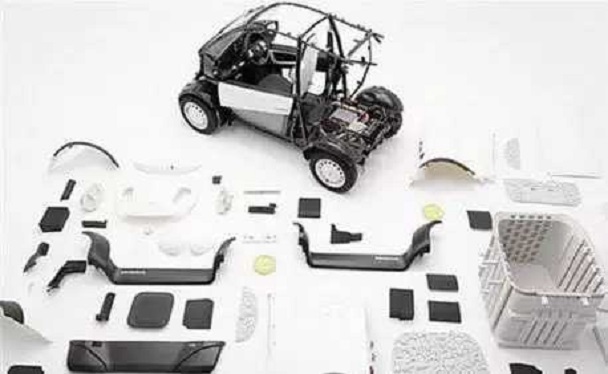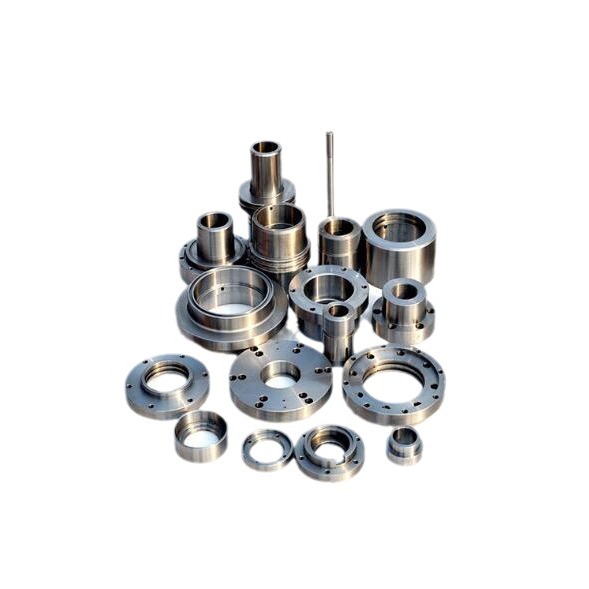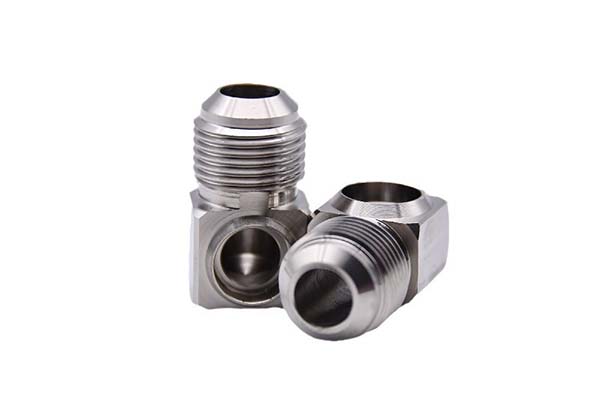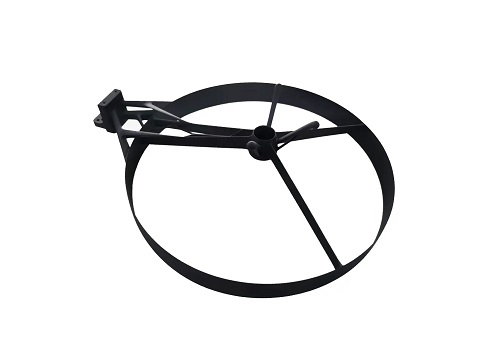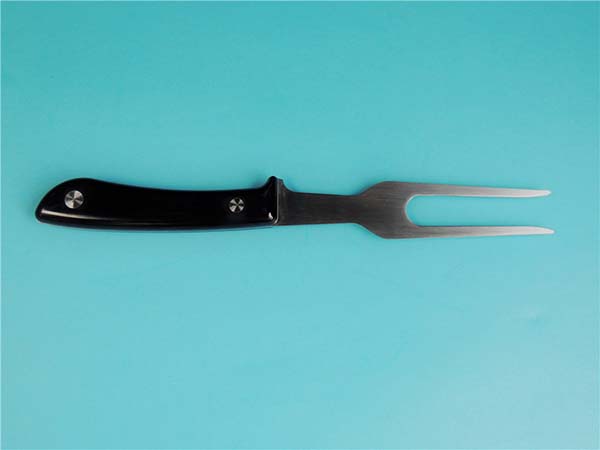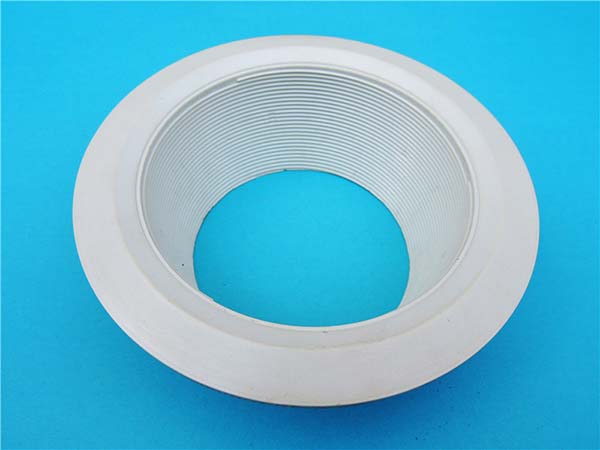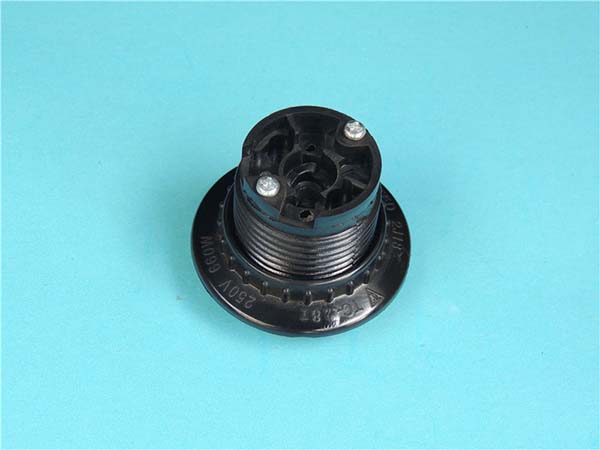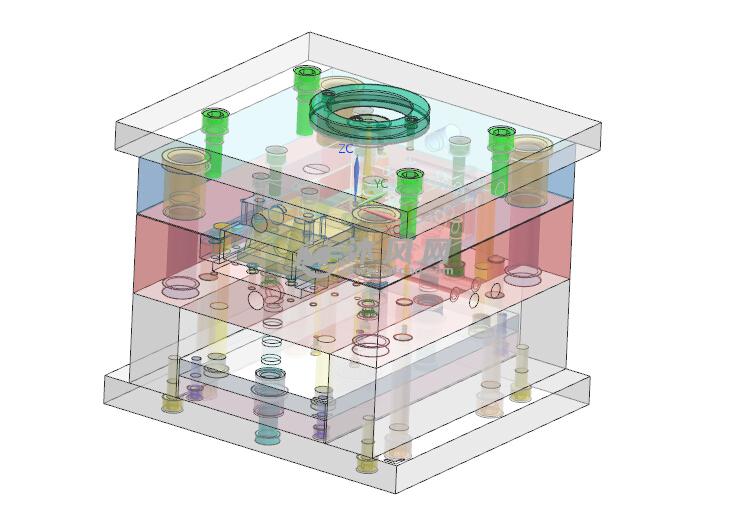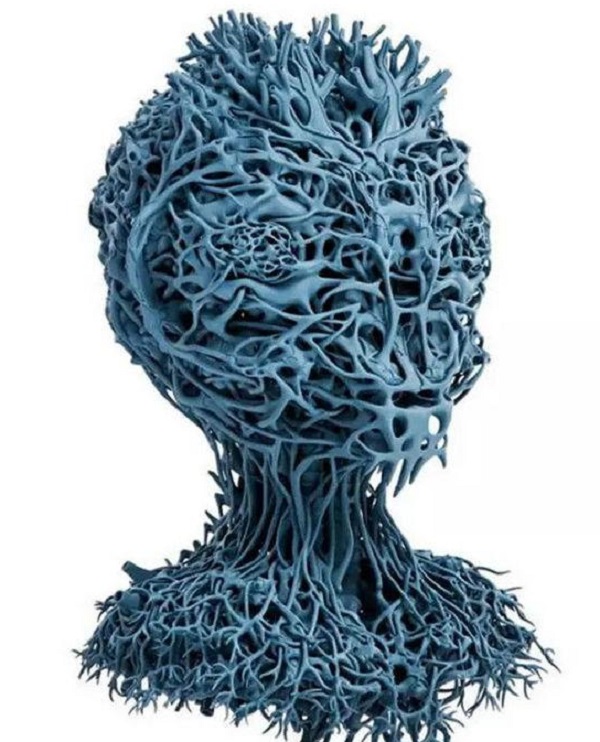If you’ve ever wondered how to create large, functional objects—from entire furniture pieces to industrial machine parts—without traditional manufacturing constraints, full scale 3D printing is the answer. Unlike desktop 3D printers that handle small models, full scale 3D printing (also called large-format 3D printing) builds objects at their actual, intended size, often measuring several feet or even meters in dimensions. It eliminates the need to assemble small components into a larger product, reduces material waste, and cuts production time for big-ticket items. Whether you’re a manufacturer, architect, or hobbyist working on large projects, this technology solves the frustration of scaling down designs or dealing with complex assembly processes.
What Makes Full Scale 3D Printing Different from Standard 3D Printing?
To understand full scale 3D printing, it helps to compare it to the desktop printers most people are familiar with. The key differences lie in size, hardware, materials, and use cases—all of which directly impact what you can create.
| Feature | Standard Desktop 3D Printing | Full Scale 3D Printing |
| Build Volume | Typically 6–12 inches (15–30 cm) | 3 feet (1m) to 30+ feet (9m) or more |
| Printer Size | Compact (fits on a desk) | Industrial-grade (floor-standing or custom-built) |
| Materials Used | PLA, ABS, PETG (small spools) | Thermoplastics (e.g., ASA, PEKK), composites, concrete, or even metal |
| Speed | Slow (hours for small parts) | Faster for large objects (hours to days) |
| Primary Use Cases | Prototypes, small parts, hobbies | End-use products, construction, automotive, aerospace |
For example, a standard 3D printer might make a small prototype of a chair leg, but a full scale 3D printer can build the entire chair in one piece. This difference is a game-changer for industries where size and structural integrity matter—like construction, where companies now print entire walls or small homes on-site.
How Does Full Scale 3D Printing Work?
At its core, full scale 3D printing uses the same additive manufacturing principle as standard printers: it builds objects layer by layer from a digital 3D model (usually in STL or CAD format). However, the hardware and processes are scaled up to handle large sizes. Here’s a step-by-step breakdown of the most common full scale 3D printing method, Fused Deposition Modeling (FDM)—the same technology used in desktop printers but amplified:
- Digital Design Preparation: First, you create or import a 3D model into slicing software (e.g., Cura, Simplify3D). The software splits the model into thin layers (usually 0.1–0.5 mm thick) and generates a print path for the printer’s nozzle. For full scale prints, you’ll often adjust settings like layer adhesion and infill (the internal structure) to ensure the object is strong enough—critical for large items like shelving or machine parts.
- Material Loading: Full scale printers use large spools of filament (up to 25 kg) or even pellet-fed systems (for lower costs) instead of the small 1kg spools used in desktop models. Popular materials include ASA (weather-resistant, ideal for outdoor furniture) and PEKK (heat-resistant, used in aerospace parts). Some industrial printers even use concrete or metal composites for construction projects.
- Printing Process: The printer’s nozzle heats the material to its melting point (180–400°C, depending on the material) and extrudes it onto a large build platform. The platform or nozzle moves in three axes (X, Y, Z) to lay down each layer. For very large prints (e.g., a 10-foot-long pipe), the printer may have a gantry system that moves along rails to cover the entire build area.
- Post-Processing: Once printing is done, you remove the object from the platform. Post-processing steps vary by material: you might sand rough edges, apply a coating for durability, or trim excess filament. For concrete prints (used in construction), post-processing could involve curing the material with water to strengthen it.
A real-world example: In 2023, a construction company in Texas used a full scale 3D printer to build a 1,200-square-foot home. The printer extruded concrete layer by layer over 72 hours, reducing labor costs by 50% compared to traditional framing. This case shows how the process scales to meet real-world, large-scale needs.
Key Industries Benefiting from Full Scale 3D Printing
Full scale 3D printing isn’t just a novelty—it’s solving tangible problems across industries by reducing costs, speeding up production, and enabling designs that were once impossible. Here are the sectors where it’s making the biggest impact:
1. Construction
The construction industry was one of the first to adopt full scale 3D printing, thanks to its ability to build structures quickly and with less waste. 3D concrete printing (3DCP) is the most common method here: printers extrude a specialized concrete mixture (often reinforced with fibers) to create walls, foundations, or entire small homes.
- Benefits: Reduces construction time by 30–70% (compared to traditional methods), cuts material waste by up to 50% (since only needed concrete is used), and lowers labor costs (fewer workers are needed on-site).
- Example: In 2024, a European firm printed a series of affordable housing units in Berlin. Each unit took 48 hours to print, and the project used 40% less concrete than a traditional build.
2. Automotive and Aerospace
These industries rely on large, custom parts—like truck bumpers, aircraft interior panels, or engine components—that are expensive to make with traditional manufacturing. Full scale 3D printing lets them produce these parts on-demand, without the need for costly molds.
- Key Use Case: Custom truck parts. A U.S.-based trucking company started using full scale 3D printing to make replacement bumpers for older models. Previously, they waited 4–6 weeks for a molded bumper; now, they print one in 24 hours at half the cost.
- Materials: Aerospace companies often use PEKK or carbon fiber-reinforced filaments, which are lightweight but strong enough to meet safety standards.
3. Furniture and Interior Design
Designers love full scale 3D printing for its ability to create unique, organic shapes that would be hard to carve or mold. From curved sofas to custom shelving, the technology lets them turn bold ideas into functional pieces.
- Example: A furniture brand in Italy launched a line of 3D-printed chairs in 2023. Each chair is printed in one piece from recycled PETG, has a unique, wave-like design, and is 30% lighter than traditional wooden chairs—all while being just as strong.
- Sustainability Win: Many furniture makers use recycled filaments, turning plastic waste into durable products.
4. Marine and Offshore
Marine industries need large, corrosion-resistant parts—like boat hulls, propeller shafts, or offshore platform components. Full scale 3D printing with materials like ASA (which resists saltwater damage) is ideal here.
- Case Study: A Norwegian boat manufacturer printed a 20-foot-long boat hull in 2024. The hull was lighter than a fiberglass version (improving fuel efficiency) and had no seams, reducing the risk of leaks.
How to Choose the Right Full Scale 3D Printer for Your Needs
With so many options on the market, picking a full scale 3D printer can feel overwhelming. The key is to focus on your specific use case, budget, and material needs. Here’s a step-by-step guide:
1. Define Your Print Size and Volume
First, ask: What’s the largest object I need to print? If you’re making furniture, you’ll need a printer with a build volume of at least 6x3x3 feet. If you’re printing small industrial parts (e.g., 2x2x2 feet), a smaller model will work.
- Tip: Don’t just pick the biggest printer you can afford—larger printers cost more to operate (more material, more energy) and take up more space.
2. Choose the Right Material Compatibility
Not all printers work with all materials. If you’re printing concrete (for construction), you need a specialized 3DCP printer. If you’re using thermoplastics (e.g., ASA for outdoor parts), look for an FDM printer that handles high-temperature materials.
| Material Type | Best For | Printer Type Needed |
| Concrete/Fiber Mix | Construction (walls, homes) | 3D Concrete Printer (3DCP) |
| Thermoplastics (ASA, PEKK) | Furniture, industrial parts | FDM (Large-Format) |
| Metal Composites | Aerospace, marine parts | Industrial FDM or SLS |
3. Consider Speed and Resolution
Speed matters for large prints—you don’t want to wait weeks for a single object. Most full scale FDM printers print at 100–300 mm/s (millimeters per second). Resolution (layer height) affects surface smoothness: 0.1–0.2 mm is good for visible parts (like furniture), while 0.3–0.5 mm works for structural parts (like walls) where smoothness is less important.
4. Set a Budget
Full scale 3D printers range in price from \(10,000 (entry-level industrial models) to \)500,000+ (custom-built construction printers). Don’t forget to factor in ongoing costs: materials (e.g., \(5–\)20 per kg for thermoplastics, $100+ per cubic meter for concrete), maintenance, and software subscriptions.
5. Look for User-Friendly Features
If you’re new to full scale printing, look for printers with:
- Auto-leveling build platforms: Ensures the first layer adheres properly (critical for large prints).
- Remote monitoring: Lets you check print progress via a phone app (useful for long prints that run overnight).
- Customer support: Choose a brand that offers 24/7 support—large prints are more likely to have issues (e.g., filament jams) that need quick fixes.
Common Challenges of Full Scale 3D Printing (and How to Solve Them)
While full scale 3D printing is powerful, it’s not without hurdles. Here are the most common challenges and practical solutions:
1. Print Warping and Layer Adhesion
Large prints are prone to warping (when edges lift from the build platform) or layer separation, especially with thermoplastics. This happens because of temperature changes during printing.
- Solution: Use a heated build platform (keeps the bottom layer warm) and an enclosed printer (maintains a consistent temperature). For materials like ABS, add a layer of glue or hairspray to the platform to improve adhesion. In one case, a furniture maker reduced warping by 80% simply by enclosing their printer and raising the platform temperature from 60°C to 90°C.
2. Material Costs and Waste
Full scale prints use a lot of material—e.g., a 6-foot-tall shelf might use 10 kg of filament, costing \(100–\)200. If a print fails halfway through, you waste all that material.
- Solution: Use pellet-fed printers (pellets are 50% cheaper than filament) for large projects. Also, test small sections of your design first to catch errors before starting the full print. A construction company in Australia cut material waste by 35% by printing 1-foot test sections of walls before the full build.
3. Printer Size and Space Requirements
Full scale printers are big—some construction models take up the space of a small garage. This can be a problem for small workshops or offices.
- Solution: Choose a modular printer (parts can be disassembled and stored when not in use) or a mobile model (e.g., some 3DCP printers are mounted on trucks for on-site construction). For example, a U.S. startup makes a mobile full scale printer that fits in a van, perfect for small businesses that need to print on-location.
4. Post-Processing Complexity
Large prints often need more post-processing (sanding, trimming, coating) than small ones. This can add time and labor costs.
- Solution: Use software to optimize your design for minimal post-processing—e.g., add rounded edges to reduce sanding. For concrete prints, use a printer with a smooth extrusion nozzle to reduce the need for smoothing.
Yigu Technology’s Perspective on Full Scale 3D Printing
At Yigu Technology, we believe full scale 3D printing is no longer a “future tech”—it’s a present-day tool that’s democratizing manufacturing. What excites us most is its potential to make production more sustainable and accessible. By reducing material waste (a major issue in traditional manufacturing) and enabling on-demand production (cutting down on inventory), full scale 3D printing aligns with global sustainability goals. We’ve also seen how it empowers small businesses: a local furniture maker we worked with recently used a full scale printer to launch a custom line, competing with big brands without the need for expensive molds. However, we recognize that adoption still faces barriers—like high upfront costs and a lack of skilled operators. That’s why we’re investing in user-friendly software and training programs to make the technology more approachable. As materials become cheaper and printers more efficient, we expect full scale 3D printing to become a standard tool across industries in the next 5–10 years.
FAQ About Full Scale 3D Printing
1. Is full scale 3D printing strong enough for structural parts (like walls or machine components)?
Yes—when using the right materials and settings. For example, 3D-printed concrete walls are reinforced with fibers and can meet building codes (many have been tested to withstand earthquakes). Thermoplastic parts can be made with high infill (80–100%) for strength, making them suitable for machine components.
2. How long does a full scale 3D print take?
It depends on size and speed. A small full scale object (e.g., a 3-foot chair) might take 24–48 hours. A large object (e.g., a 10-foot wall) could take 3–7 days. Construction projects like homes can take 3–10 days, depending on the size.
3. Can full scale 3D printers use recycled materials?
Absolutely. Many full scale FDM printers work with recycled thermoplastics (e.g., recycled PETG from plastic bottles). Some construction printers even use recycled concrete or aggregate, making the process more sustainable.
4. Do I need special training to operate a full scale 3D printer?
Basic training is recommended, especially for industrial models. While entry-level full scale printers have user-friendly interfaces, you’ll need to learn how to adjust slicing settings, handle large materials, and troubleshoot issues like warping. Most manufacturers offer training programs or online courses.
5. What’s the future of full scale 3D printing?
The future will bring faster printers, cheaper materials, and more advanced materials (e.g., self-healing plastics for marine parts). We’ll also see more integration with other technologies—like AI (to optimize designs for strength and speed) and robotics (to automate post-processing). In construction, 3D-printed skyscrapers may become a reality within the next 20 years.
